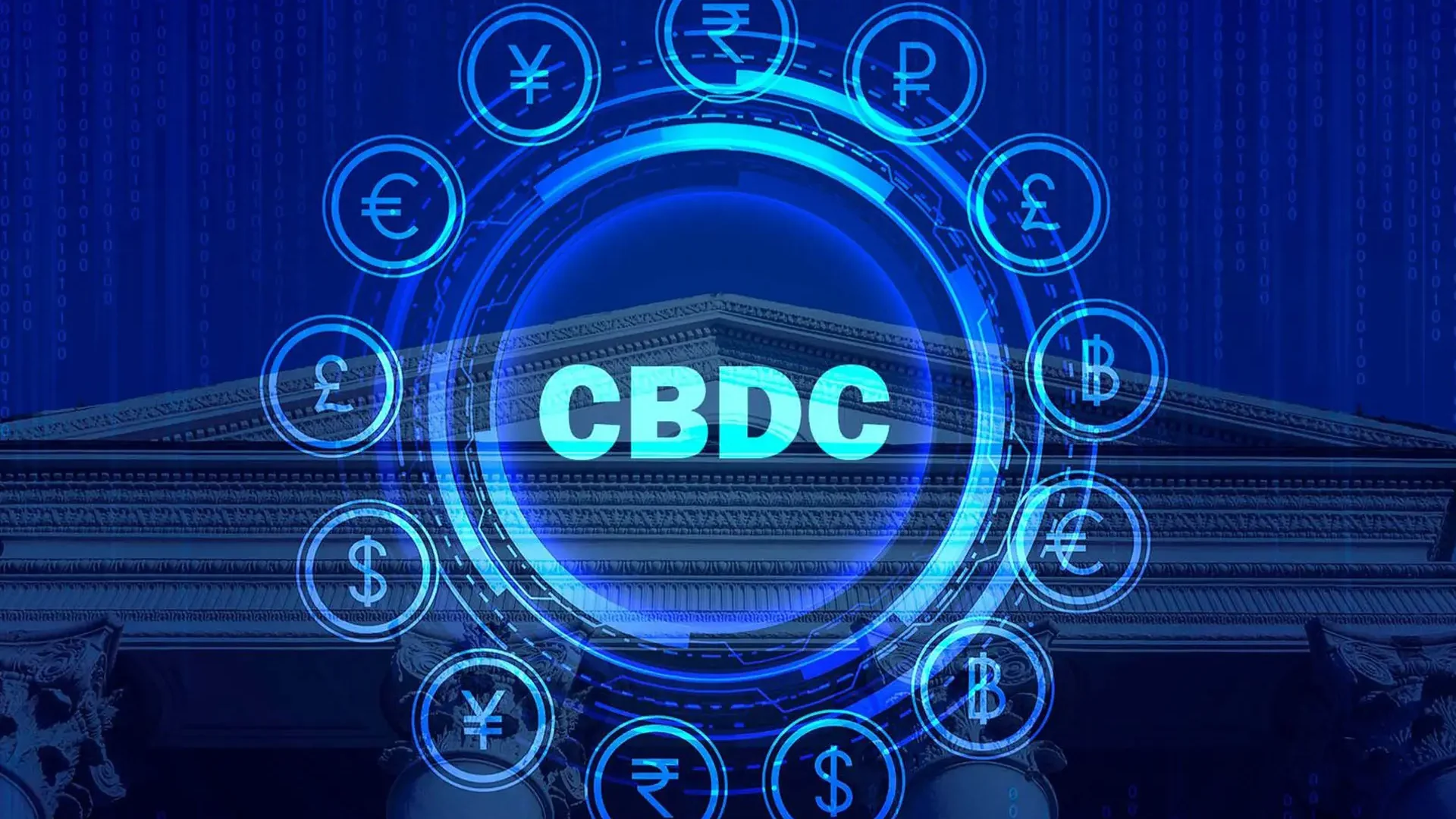At the World Bank-IMF annual meeting, RBI Governor Sanjay Malhotra called on central banks worldwide to promote Central Bank Digital Currencies (CBDCs) for cross-border payments, emphasizing their strengths over stablecoins in a rapidly changing monetary landscape. He framed CBDCs as crucial for maintaining economic integrity and stability, particularly as nations adapt to the digital currency revolution.
The Case for CBDC Adoption
During his keynote address at the annual meeting held in Washington, DC, Sanjay Malhotra outlined a compelling case for the global adoption of CBDCs. He stressed that these digital currencies, which are state-issued and regulated, offer trust and stability, unlike stablecoins that are often pegged to external assets. “It is fiat (money), it has all the advantages of stablecoins, it can be tokenised…and (has) the advantages of singleness of money, the integrity of money,” Malhotra asserted, urging his peers from various countries to recognize the advantages of CBDCs.
Malhotra’s message was clear: the potential benefits of CBDCs for cross-border payments can only be realized if multiple nations embrace them. He stated, “Unless other countries also adopt CBDC, we are not going to see the benefits of CBDC insofar as cross-border payments are concerned.” This call to action highlights the collaborative effort required to facilitate smoother international transactions, reflecting the interconnectedness of the global economy.
Understanding Stablecoins and Their Role
Stablecoins have emerged as a significant player in the cryptocurrency market, designed to maintain a stable value by being pegged to assets such as fiat currencies or commodities. This characteristic minimizes volatility, making them attractive for remittances, online payments, and other financial transactions. According to industry experts, “Stablecoins are typically pegged to a reserve asset, such as a fiat currency like the US Dollar or a commodity like gold. This backing helps maintain a stable value for the cryptocurrency.”
Recent global initiatives indicate a shift towards recognizing these digital assets. Legislation like the U.S. GENIUS Act, South Korea’s Digital Asset Basic Act, and Hong Kong’s licensing regime for stablecoins showcases increasing acceptance among policymakers. Significantly, U.S. officials highlight how dollar-backed stablecoins, particularly Tether and USDC, which dominate the market, can drive demand for U.S. Treasuries—potentially fortifying the dollar’s position on the global stage.
India’s Economic Perspective and CBDC Initiatives
In the face of a rapidly evolving financial landscape, the Reserve Bank of India (RBI) remains cautious towards the growing influence of stablecoins, particularly U.S. dollar-backed varieties. Governor Malhotra warned that such tokens could lead to dollarization, diminishing the rupee’s role and undermining India’s monetary sovereignty. He underscored the importance of promoting the digital rupee, which was piloted in late 2022, as a robust alternative to private cryptocurrencies.
Furthermore, Finance Minister Nirmala Sitharaman has signaled a more adaptable approach toward innovations in finance, acknowledging the transformative impact of stablecoins. She stated, “Such developments underscore the scale of the transformation underway. They also remind us that no nation can insulate itself from systemic change.” Her comments echo concerns that countries must adapt to these rapidly evolving systems or risk exclusion from the global financial dialogue.
Charting a Forward Path in Digital Currency
With the RBI projecting an economic growth rate of 6.8% for the current fiscal year amidst tariff challenges from the U.S., the central bank’s focus on CBDCs highlights a strategic initiative to bolster financial inclusion and maintain the rupee’s stability. The introduction of the digital rupee aims to create a secure, efficient, and transparent payment ecosystem that can support India’s large remittance market, the largest in the world, which amounts to $125 billion annually.
The backdrop of this initiative is India’s growing digital economy, where innovations like CBDCs could play a fundamental role in reducing transaction costs drastically—by up to 90% for cross-border transactions—while ensuring a greater degree of regulatory oversight. “CBDCs aim to provide the benefits of digital currencies, such as faster transactions and reduced costs, while ensuring regulatory oversight and stability,” experts noted, reiterating the importance of such frameworks for future transactions.
Embracing Change in a Dynamic Financial Landscape
The transition toward CBDCs as advocated by RBI Governor Sanjay Malhotra is emblematic of larger trends in the financial world. As digital currencies reshape how transactions occur globally, nations cannot afford to stand idle. The RBI’s initiatives symbolize not only a move to uphold monetary sovereignty but also a proactive stance in embracing digital finance. As Finance Minister Sitharaman aptly pointed out, adapting to these changes is not just an opportunity but a necessity for contemporary economies.
In conclusion, as the global transaction landscape evolves, the narrative around CBDCs and stablecoins will undoubtedly continue to grow. With dialogues like those at the World Bank-IMF meeting shaping the future discourse, it remains crucial for nations to collaboratively explore and implement digital currencies that align with their economic goals, ensuring stability and integrity in an increasingly digital world.




